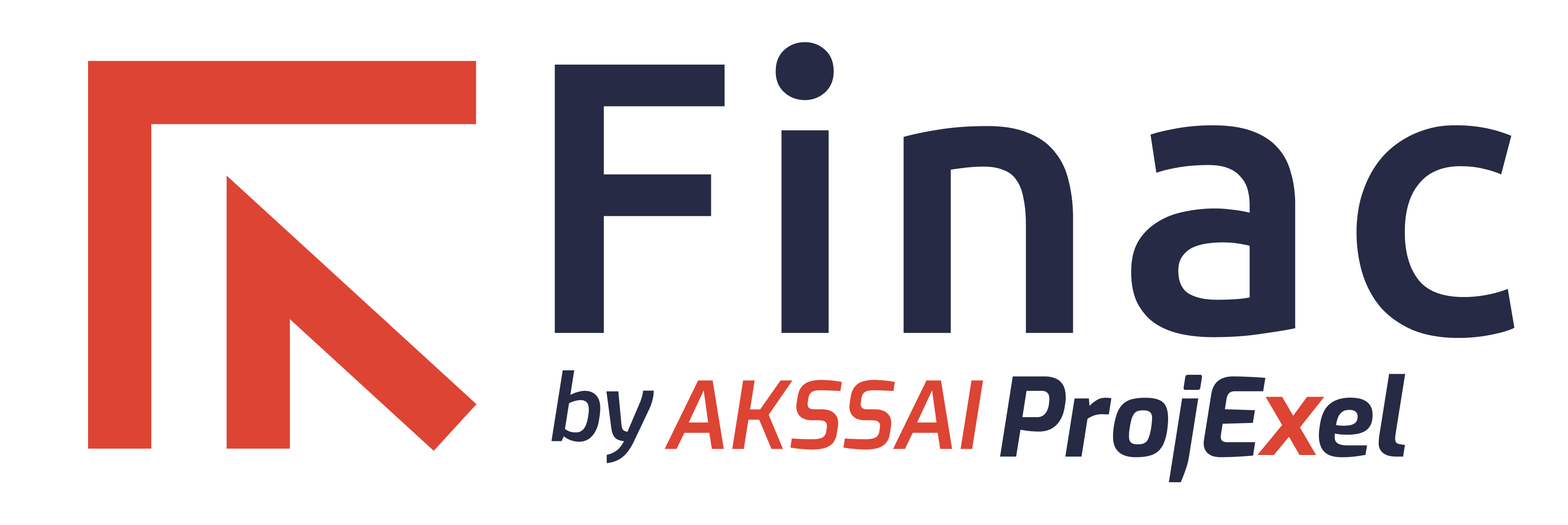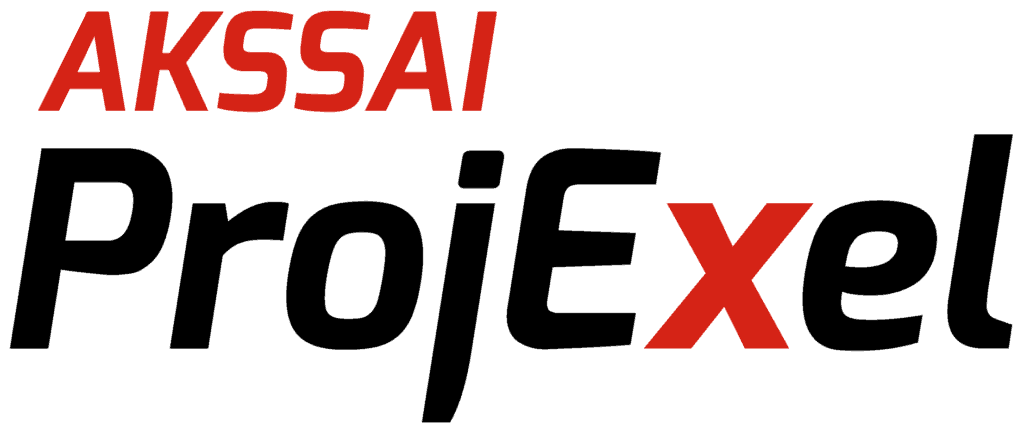
Key Takeaways:
● Cash Flow Management plays a vital role in the survival and success of your business. It includes understanding operating, investing, and financing cash flows for financial health.
● Use short-term methods (like handling receivables) and long-term strategies (like adjusting funding) with tools like FINAC by AKSSAI to manage cash flow better.
● Track metrics such as the Cash Conversion Cycle (CCC) and follow best practices like keeping a cash reserve and forecasting regularly for better cash flow.
● Use daily tips such as setting up automatic invoicing reminders and checking cash flow often, with examples of successful improvements.
What is Cash Flow Management?
Cash flow management tracks and controls money received and paid by your business to analyze and forecast financial needs. By monitoring the movement of funds, companies can ensure they have enough cash to meet their obligations, invest in opportunities, and support their operations. Understanding and managing different types of cash flow—such as those from daily activities, investments, and financial transactions—provides a clearer picture of financial health and aids in strategic decisions for your business.
What are the Types of Cash Flow?
Mostly there are three types of cash flow:
Operating Cash Flow:
This is the cash a company makes from its regular business activities, like selling products and paying bills. It’s important to understand if the company can cover its day-to-day expenses and support growth. It’s calculated by adjusting net income for non-cash items and changes in working capital. Positive cash flow means the business can sustain itself and grow without needing extra funding.
Investing Cash Flow:
This tracks cash used for buying or selling long-term assets, such as equipment or property. It helps show how much the company is investing in its future. It’s figured by subtracting the cash spent on purchases from the cash earned from sales of assets. Positive investing cash flow indicates the company is expanding, while negative cash flow shows it’s spending a lot on new assets.
Financing Cash Flow:
This involves cash flows from raising or repaying money, like issuing stock or paying off loans. It shows how the company is managing its funding. It’s calculated by subtracting cash used for repaying debt or paying dividends from the cash raised through borrowing or issuing shares. This type of cash flow reveals how the company finances its operations and growth.
How to Optimize Cash Flow Management?
Analyzing Current Cash Flow Status:
Take the time to review your business’s cash flow statement to comprehend both cash inflows and outflows. Utilize forecasting methods such as historical analysis and scenario planning, and consider using tools like spreadsheets or FINAC Accounting Software to project future cash flows and pinpoint potential issues.
Forecasting and Budgeting:
Use historical data, market trends, and predictive analytics for accurate cash flow forecasting. Employ zero-based budgeting to justify all expenses, ensuring efficient resource allocation and precise financial planning.
Streamlining Receivables and Payables:
Improve cash flow by invoicing promptly and accurately, using FINAC Automated Systems for timely billing. Negotiate better payment terms with suppliers and utilize early payment discounts to optimize cash outflows.
Managing Inventory Levels:
Avoid overstocking and stockouts by using metrics like reorder points and safety stock levels. Implement just-in-time (JIT) inventory strategies to reduce holding costs. Calculate the inventory turnover ratio to gauge inventory efficiency.
Utilizing Technology for Cash Flow Management:
Leverage software like FINAC for real-time cash flow monitoring, automated invoicing, and expense tracking. These tools enhance accuracy, save time, and provide insights for better cash flow management.
How Can a Company Optimize Its Cash Flow Management?
Implementing Cash Flow Policies and Procedures:
Your company should develop clear policies for managing cash inflows and outflows, including payment terms, credit policies, and approval processes. We recommend regularly reviewing cash flow using techniques like variance and trend analysis to identify discrepancies and make necessary adjustments.
Maintaining a Cash Reserve:
Your company should keep a cash reserve to handle unexpected expenses and ensure liquidity. You can calculate the optimal reserve by assessing fixed and variable costs, average monthly expenses, and potential risks to determine the appropriate amount of cash to set aside.
Leveraging Financial Instruments:
Your company can use lines of credit and loans to manage cash flow more effectively. Lines of credit provide flexible short-term funding but may have higher interest rates, while loans are better for long-term needs with lower rates but longer approval processes. We suggest choosing the right instrument based on your company’s cash flow needs and financial goals.
Managing Cash Flow Effectively
- Monitoring Cash Flow Regularly:
To keep tabs on your cash flow, you can use the formula for Net Cash Flow, which is simply:
Net Cash Flow = Cash Inflows − Cash Outflows
This tells you if you’re bringing in more cash than you are spending. Another useful measure is the Cash Conversion Cycle (CCC):
CCC = Days Sales Outstanding (DSO) + Days Inventory Outstanding (DIO) − Days Payable Outstanding (DPO)
This cycle helps you understand how quickly you turn investments into cash.
- Adjusting Spending Habits:
To evaluate how much you’re spending relative to your revenue, use the Expense Ratio:
Expense Ratio = Total Revenue/Total Expenses
This ratio shows what percentage of your revenue is going toward expenses, helping you spot areas where you might cut costs.
- Renegotiating Payment Terms with Suppliers:
Negotiating better payment terms with suppliers can improve cash flow. Strategies include extending payment periods, asking for discounts for early payments, and consolidating orders for bulk discounts. Case studies show companies successfully improving their cash position by adopting these tactics.
- Improving Collection Processes:
To measure how long it takes to get paid, calculate Days Sales Outstanding (DSO):
DSO = (Total Credit Sales / Accounts Receivable) × Number of Days
This tells you the average number of days it takes for customers to pay their invoices, helping you streamline your collection efforts.
- Identifying and Eliminating Unnecessary Expenses:
Implementing cost-cutting strategies can streamline operations and free up cash. Conduct a thorough review to pinpoint and eliminate non-essential expenses. Analyze the impact of these cuts on the overall financial health to ensure they do not affect core business functions negatively.
Strategies to Improve Cash Flow Management
- Short-term Strategies:
Offer Discounts for Early Payments: You can encourage customers to pay their invoices early by offering them small discounts. This can help improve immediate cash flow.
Factoring Receivables: Sell your accounts receivable to a third party to get quick cash. However, keep in mind that while this provides immediate funds, it often comes with fees and may reduce profit margins.
- Long-term Strategies:
Generate Income from Different Sources: Instead of relying on just one source of income, consider offering new products or entering new markets. This can help make your cash flow more stable and increase overall income.
Expand Your Customer Base: Use focused marketing efforts, partnerships, and referrals to attract more customers. Research shows that businesses with a diverse customer base usually have steadier cash flow.
3 Ways to Increase Cash Flow In Your Business
- Boosting Sales and Revenue:
Ways to Increase Sales: You can increase sales by using strategies like encouraging customers to buy more, offering related products, and improving your online presence. Higher sales directly improve the money coming into your business.
Impact on Cash Coming In: Information shows that when businesses increase their sales, the cash coming in also goes up, helping to pay for operating costs and finance growth.
- Reducing Costs and Expenses:
Remember this: To reduce costs and expenses, analyze your spending to cut unnecessary costs, negotiate better deals with suppliers, and use energy-efficient practices. For example, if you switch to a cheaper supplier, you can significantly cut costs and improve your cash flow.
- Improving Operational Efficiency:
Improving business operations to reduce waste and increase productivity has a positive impact on cash flow. Efficient operations cut costs and enhance profitability, leading to improved cash flow.
Also read this:
Accounts Receivable Reconciliation: Mastering Steps & Automation
Assessment Readiness Program: Secure Tax Compliance Stability and Stay Ahead
How to Solve Poor Cash Flow Management?
- Identifying Common Problems:
Regularly analyze finances to find problems such as late payments, high expenses, or poor sales. Study companies that have had cash flow issues and how they found and solved the main problems.
- Developing a Recovery Plan:
To make an effective plan, do the following: State clear goals, prioritize actions, and set a timeline for getting things done. Use successful recovery plans from other businesses as models.
- To implement corrective actions:
Use cash flow forecasting and budgeting software to carry out your plan. Regularly assess if the corrective actions are improving cash flow.
How to Speed Up Cash Flow Management
- Accelerating Receivables:
To speed up getting paid, use these strategies: offer discounts for early payment, send out invoices right away, and use automated reminders. Businesses that use these strategies often get paid more quickly and have better cash flow.
- Delaying Payables:
Ethical Strategies for Delaying Payments: Negotiate longer payment terms with suppliers to improve liquidity without damaging relationships.
- Using Credit Effectively:
Managing Credit for Cash Flow Benefits: Utilize lines of credit or loans strategically to cover short-term cash needs. Effective credit management can help maintain cash flow without accumulating excessive debt.
Building and Maintaining Cash Flow
- Establishing a Cash Flow Budget:
Creating a cash flow budget involves using tools like Excel or specialized software to forecast cash inflows and outflows. It’s important to update the budget regularly to reflect actual performance and make adjustments based on future expectations.
- Setting and Tracking KPIs for Cash Flow:
Monitor These Key Performance Indicators (KPIs): Keep an eye on metrics such as days sales outstanding (DSO), days payable outstanding (DPO), and cash conversion cycle (CCC). Use these KPIs to assess cash flow efficiency and make well-informed decisions.
- Continuous Improvement and Monitoring:
To improve continuously, regularly review financial reports and adjust strategies as needed. Use software that provides real-time insights and trends to monitor cash flow continuously.
Cash Flow Efficiency
Understanding Cash Flow Efficiency:
Cash flow efficiency is how well a company manages its cash flow to support operations and growth. Metrics such as the cash conversion cycle and operating cash flow are used to assess efficiency.
Strategies to Improve Efficiency:
Techniques and Best Practices: Adjust inventory levels, simplify operations, and efficiently manage receivables and payables. Review successful businesses to gain practical insights into improving cash flow efficiency.
Cash Flow Management Strategy
Develop a Cash Flow Management Plan:
To build a solid strategy, include cash flow forecasting, budgeting, and scenario planning. Study successful business’s comprehensive plans to create your own. Remember to keep your writing clear and straightforward to reach all readers effectively.
Regular Review and Adjustments:
Regularly review your cash flow statements and adjust your strategies accordingly. Analyze how changes impact your cash flow to ensure continuous improvement.
Aligning Cash Flow Strategy with Overall Business Strategy:
Make sure your cash flow strategy supports your broader business goals. Look at how other businesses align their cash flow management with their strategic objectives through case studies and examples.
How to Keep Track of Cash Flow Management:
If you want to strongly track your cash flow, must use accounting software, and real-time dashboards to monitor cash flow effectively. Regularly update and review your cash flow records for accuracy. Consider using tools like Finac for comprehensive cash flow management.
Implementing tools can streamline tracking and provide valuable insights. Regularly report on cash flow to keep stakeholders informed and identify trends. Use standardized reporting formats and schedules for consistency and clarity.
Conclusion
Managing cash flow effectively is crucial for financial stability. Short-term strategies like early payment discounts and factoring receivables provide quick relief, while long-term approaches like diversifying revenue streams and expanding the customer base ensure growth.
Addressing poor cash flow involves identifying issues, creating a recovery plan, and taking corrective actions. Using automation software and regular financial reporting keeps the company on solid footing.
Learning from real-life examples and avoiding common mistakes helps navigate challenges and ensures liquidity for smooth operations and sustainable growth.








